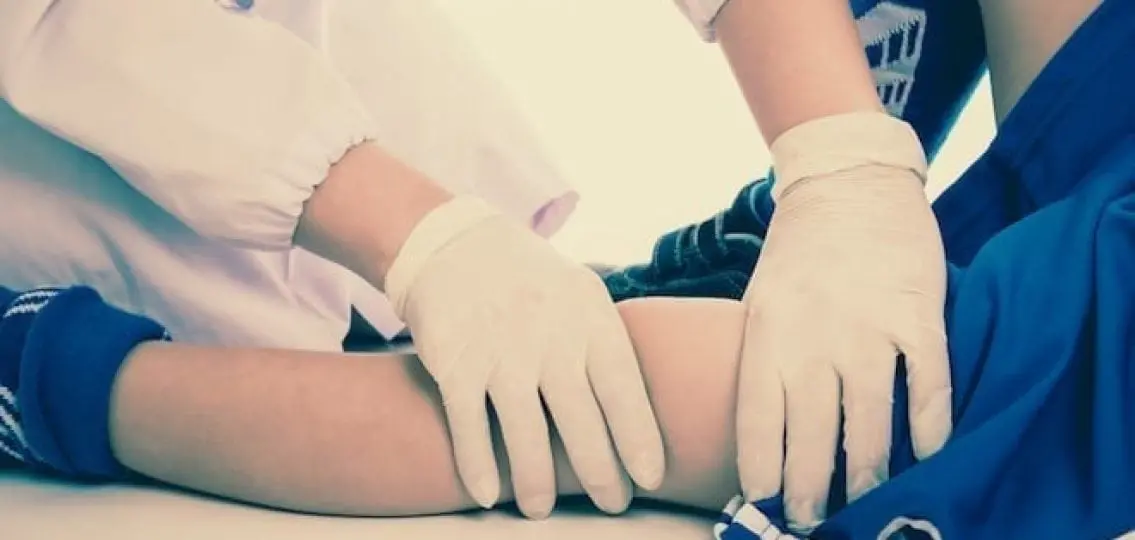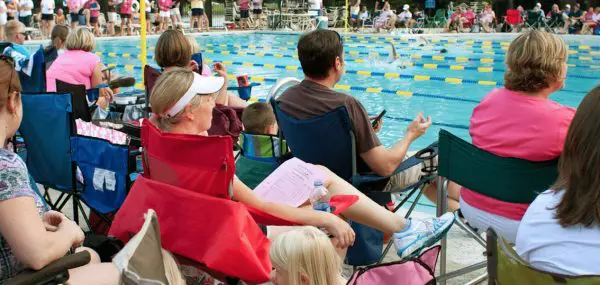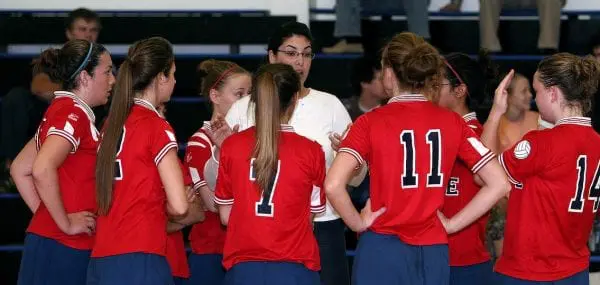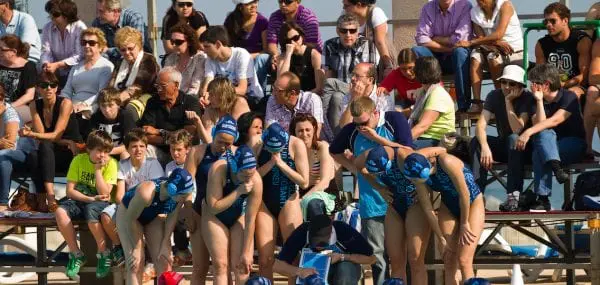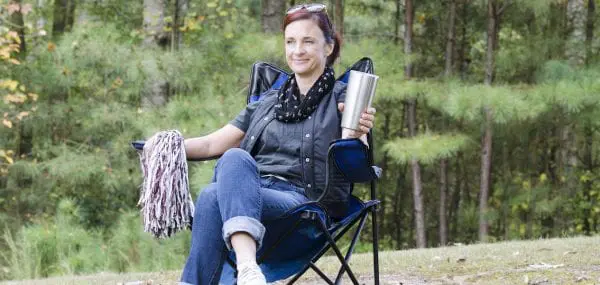With the increased competition and intensity levels in today’s sports programs, many parents have concerns about sports injury prevention for their kids.
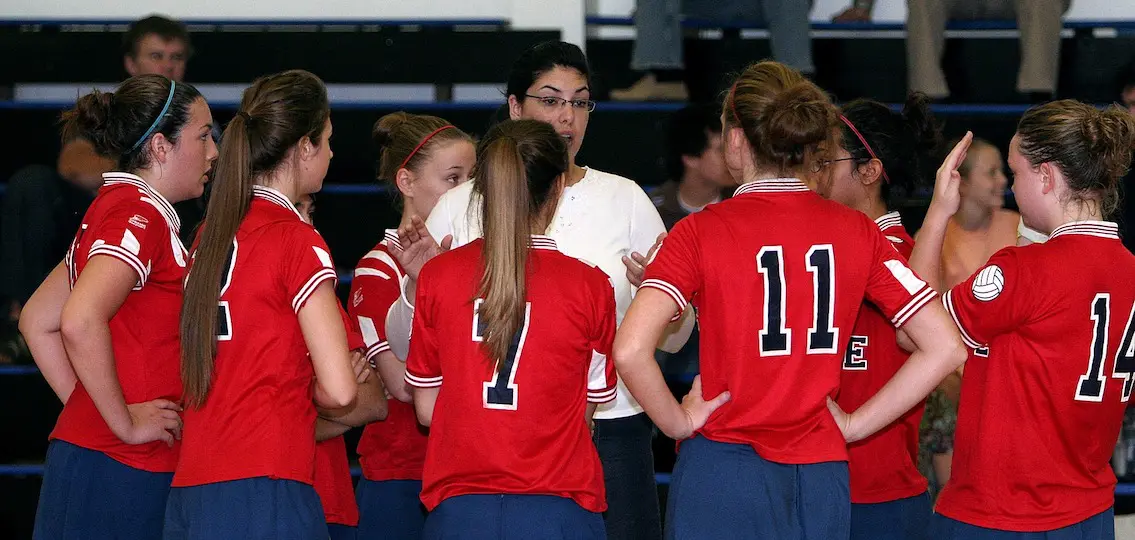
More than 46 million children participate in sports in the United States. Many end up getting hurt in the process. The Centers for Disease Control and Prevention estimates that more than 2.6 million emergency room visits per year are due to youth sports injuries. Add to that the number of kids whose minor scrapes and sprains might not result in a trip to the ER and the injury toll quickly grows.
My family is all too familiar with the risks involved for student-athletes. In 2008, our son Taylor, who was a wide receiver on his JV football team, died from an abdominal injury sustained from a tackle during a game. He became one of the 120 sports-related fatalities among young athletes in 2008-09. He was just 15 years old.
We will never know if Taylor’s death could have been prevented. But there are steps parents can take to ensure their child is as safe from injury as possible.
First, parents need to understand what safety looks like for their child’s sport. Whether it’s football, baseball or cross country, but particularly for contact sports. No parent wants to prevent their child from participating in an athletic activity, but there should be several levels of engagement on safety protocols, including coaches, trainers, parents and each athlete.
Additionally, there should be protocols in place to ensure everyone knows what to do when a player is injured or falls ill during a game. These protocols should pay specific attention to detection and treatment of on-the-field injuries. There also needs to be a zero-tolerance policy for those athletes that are playing their sport without the right protective gear.
5 Ways to Ensure a Safe Sports Program:
1. Post dedicated medical personnel on the sideline.
For a timely response to injuries, it’s vital that there is access to some sort of emergency medical service (EMS) in every sport. This includes a licensed athletic trainer, paramedic, team doctor, or some other emergency unit, on the sideline for every game, including warmups. (According to the Youth Sports Safety Alliance, only 42 percent of high schools even have access to athletic training services.)
2. Establish proper sideline protocols for injuries.
Each school-sponsored team should develop an action plan for game-time response to potential injuries. This includes minor sprains and cuts to major blunt-force impact that could result in significant trauma, such as a concussion, fracture or abdominal injury. (Abdominal injuries, in particular, have become more common in school sports than anyone suspects – in secondary schools, serious sports-related abdominal injuries, such as those to the ribs, spleen, and liver, are on the rise at an alarming rate). Coordinate the plan with the attending EMS.
3. Outfit your athlete with the proper protective equipment.
Start by researching “sports protective equipment” or “sports safety gear” online for your particular activity. Determine which gear is mandatory and what’s optional for each sport. Understand how some non-mandatory products can help make a difference. For instance, there is a protective rib shirt on the market that can help protect against commotio cordis, an often-lethal disruption of heart rhythm that can occur from a blow to the area directly over the heart.
4. Beat the heat with a hydration plan.
Heat stroke from dehydration is one of the leading causes of death in athletes, especially during the hot summer months. Make sure your school teams have a hydration plan. These protocols should address immediately dealing with signs of heat illness during practices and games.
5. Continuously talk to your kids about sports safety.
Ensure they understand how to be as prepared and protected as possible for competition. Check for proper equipment fit and see that it covers all the vulnerable bodily areas adequately. Also, some of the more recent regulations about contact in football have made the torso the logical target for hits. Make sure your athletes know how to tackle—and be tackled—without causing harm.
It’s important for parents to know the school’s procedures in case your child gets injured during a practice or a game. It’s not enough to just assume the coach has all the protocols nailed down.
What do you do if your school doesn’t adhere to these guidelines? We suggest parents approach leaders in the team-parent group and/or boosters club or address concerns early in the practice season or in an open forum at a parent meeting. If a parent cannot get answers, we suggest approaching the principal or school board about these concerns.
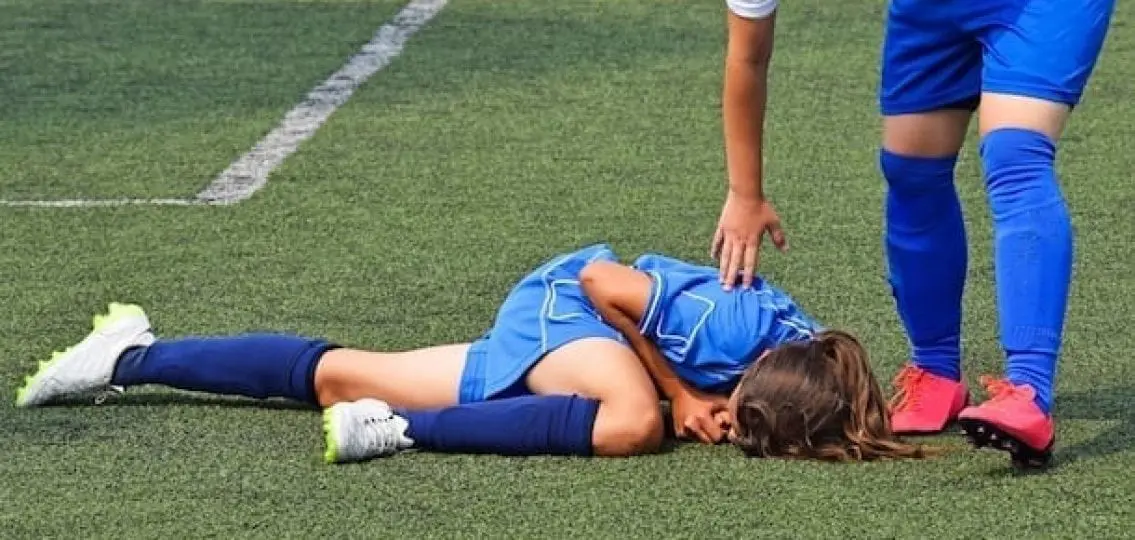
As the level of play increases in secondary schools, so should the level of sports injury prevention and preparedness.
